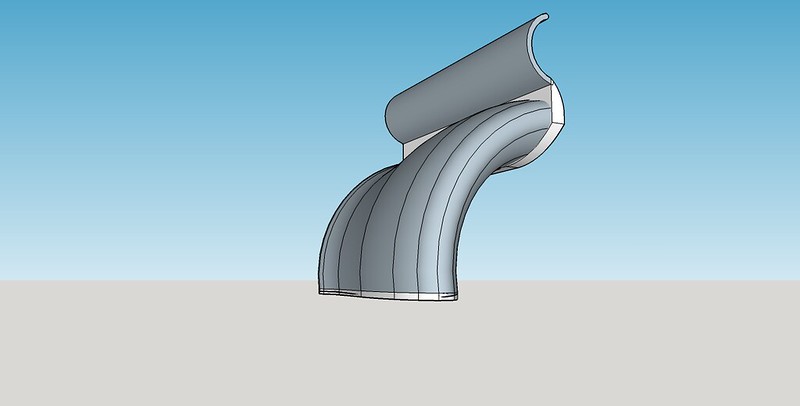- Login or Register
No account yet? Sign up
I think trinidefender means the junction between the silver grey inside part of the flap, vs the outside black/carbon part.bhall II wrote:What do you mean here?trinidefender wrote:Mercedes have an interesting idea where they have a "V" on the inner portion of the tunnel underneath the wing, this seems to separate the wing into inner and outer channels.

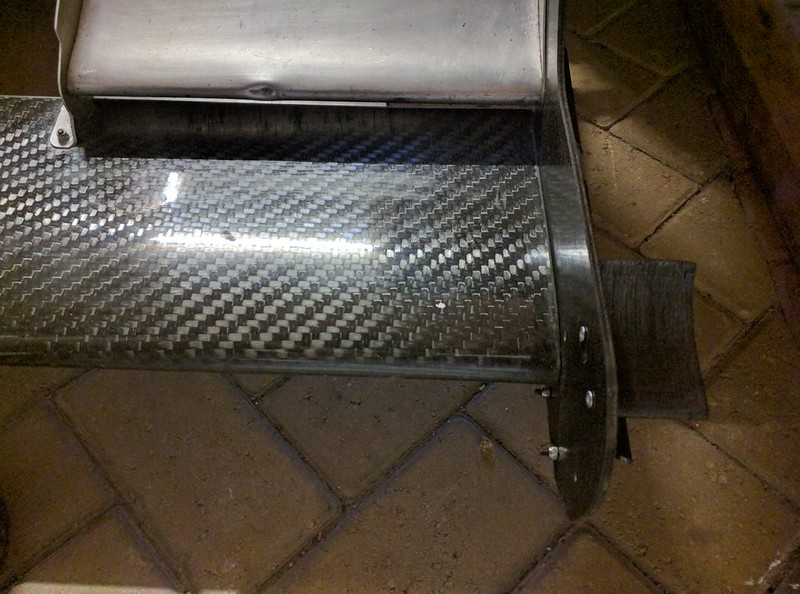
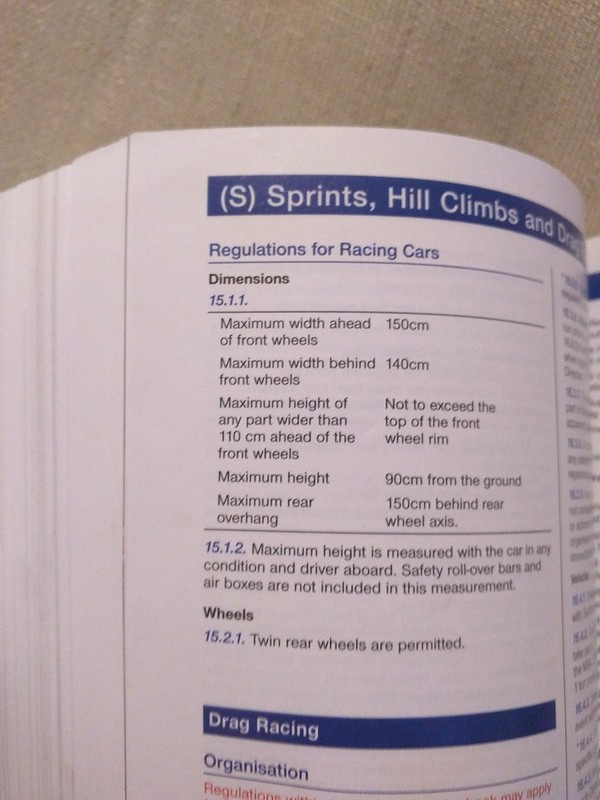

To which components does this refer?Vyssion wrote:Regarding the canards (dive planes) which were spoken about...

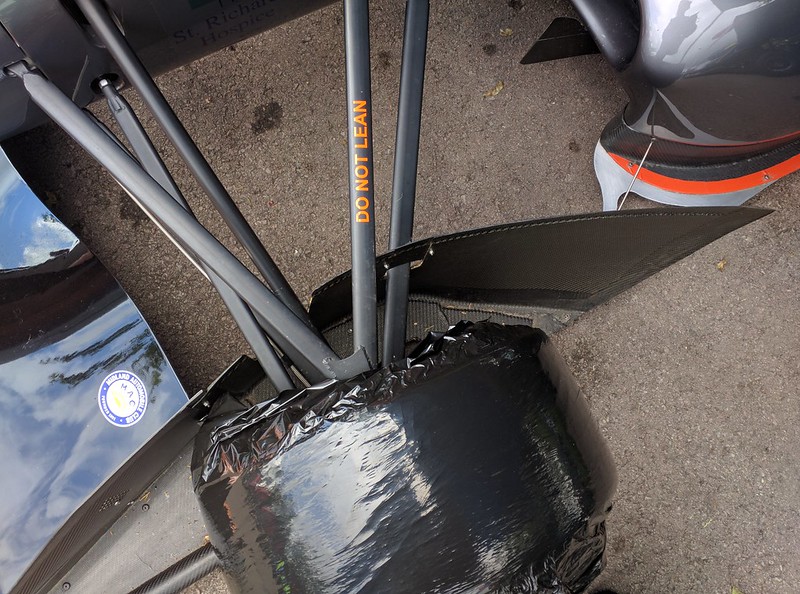
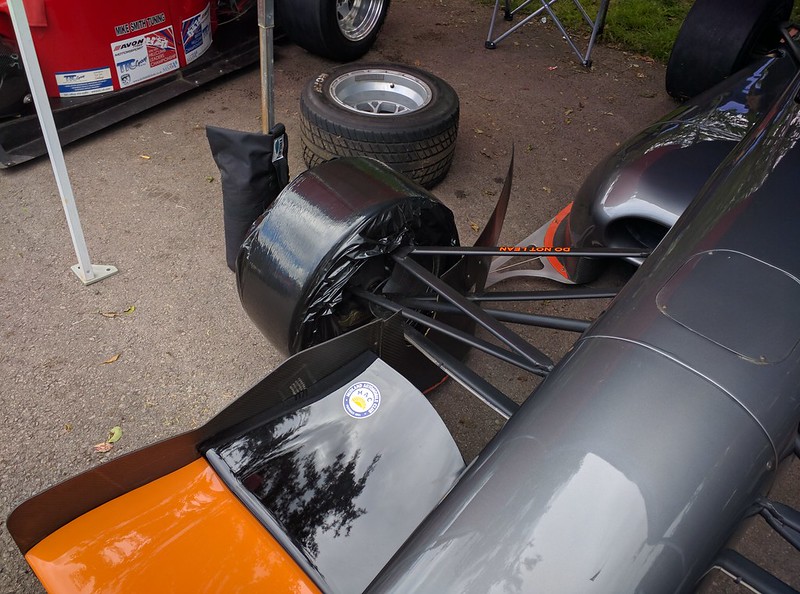
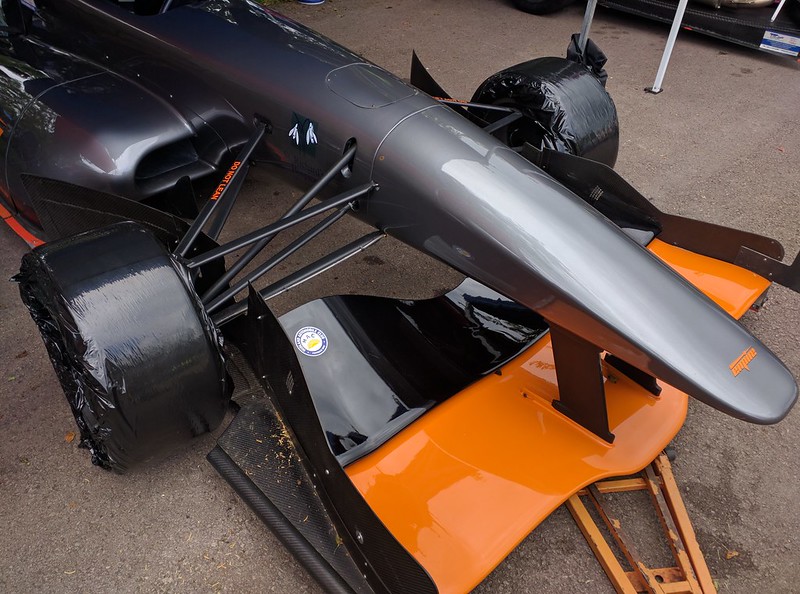
Was referring to this image here:bhall II wrote:To which components does this refer?Vyssion wrote:Regarding the canards (dive planes) which were spoken about...
andylaurence wrote: https://c1.staticflickr.com/8/7312/2823 ... f013_c.jpg
Thanks for the excellent pictures andy. I can only assume the down side to those humongous endplate extensions would be a significant increase in drag?andylaurence wrote:I should point out that the maximum front width allowed for my car is 1500mm and that the inside edge of my front tyres are ~1380mm apart. With bodywork allowed to be up to 1400mm wide, I can have bodywork that meets the tyres and people have started to exploit this, notably on this Wraith designed by Willem Toet...
https://c4.staticflickr.com/8/7308/2738 ... 14de_c.jpg
https://c8.staticflickr.com/8/7373/2738 ... 981a_c.jpg
https://c6.staticflickr.com/8/7415/2800 ... eed1_c.jpg
Clearly, the physical control of wake negates the need to create vortices for the same purpose by modifying the front wing.
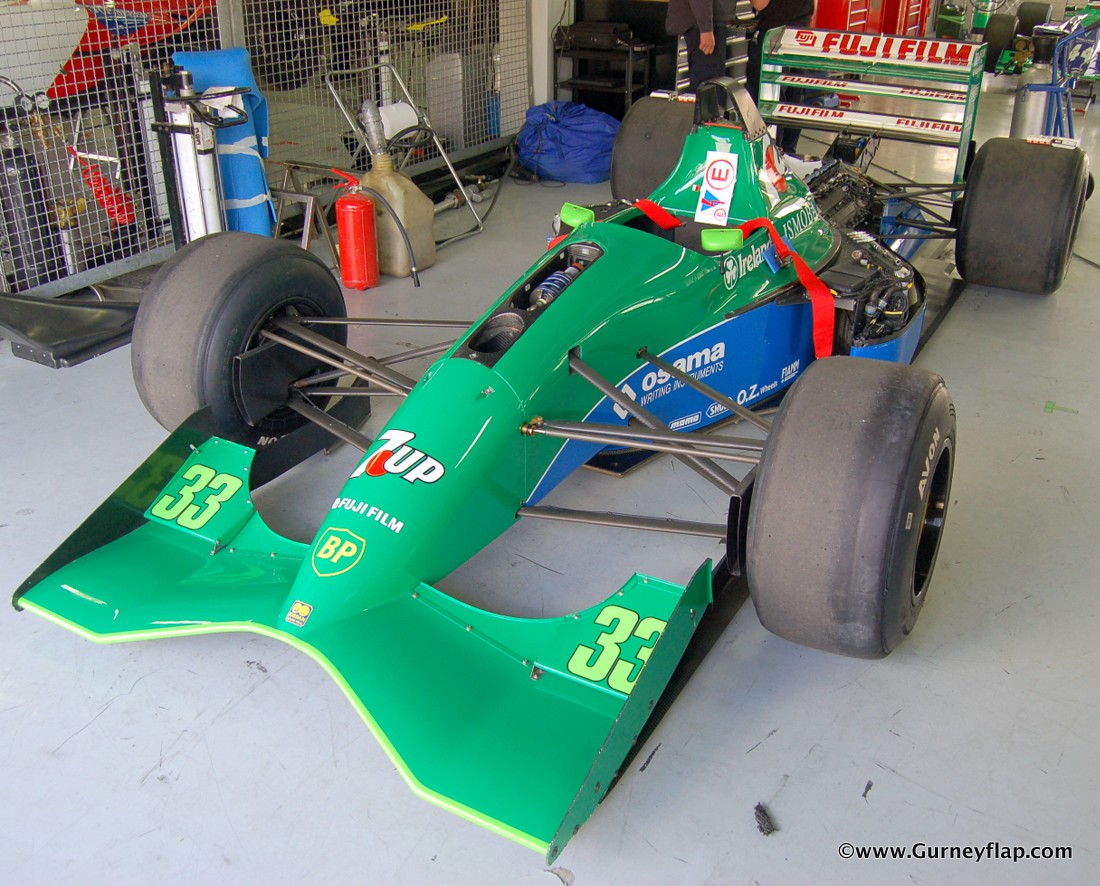

I'd be more tempted to rivet along a small 90° half square tube along the aerofoil trailing edge to form a gurney for that - you would find that it would also kick the air up more which (depending on how tuned the rear wing position is) would also serve to slightly reduce the rear performance at the same time.andylaurence wrote:The canard/winglet on the outer side of my endplate was just an emergency fix to address balance problems. I needed a large forward shift to rid me of the understeer I had. There was no more adjustment in the front flaps or the rear wing. I thought the vortex shed from it would pull the corotating vortex from the dip in the endplate closer to the outboard side of the wheel, eventually combining and hopefully reducing pressure ahead of the wheel.
Yeah you're right there. From what I can see, those vanes serve a few purposes. The first is that the 6 shed vortices around the rotating wheels are diverted immediately away and along the body of the race car without being able to influence the flow regime into the side pod and undertray - a rolling vortex travelling along the top of the vane and flowing towards the outside of the wheel would also develop from the high pressure region on the top of the front wing which would aid in the "virtual sealing" effect. Secondly, it ensures that the edge vortex which is formed under the front wing from the endplate footplates is diverted straight into the undertray and sidepod. Most of the drag that would come from the device would be form drag rather than pressure drag given that it is mostly aligned with the flow. There would be some performance drop on the front wing given that you need to take a chunk out of the planform area to have the vane there in the first place, but the further the air has to be drawn into the edge vortex as you move from the leading edge to trailing edge, the stronger the vortex can become due to the streamline flow speeding up to account for the increased distance. I would be surprised if the undertray didnt also gain a decent increase in performance from it as well.andylaurence wrote: As far as the Wraith goes, how much drag would those wake control boards really create? I wouldn't expect much as they're rather aligned with the flow direction.


